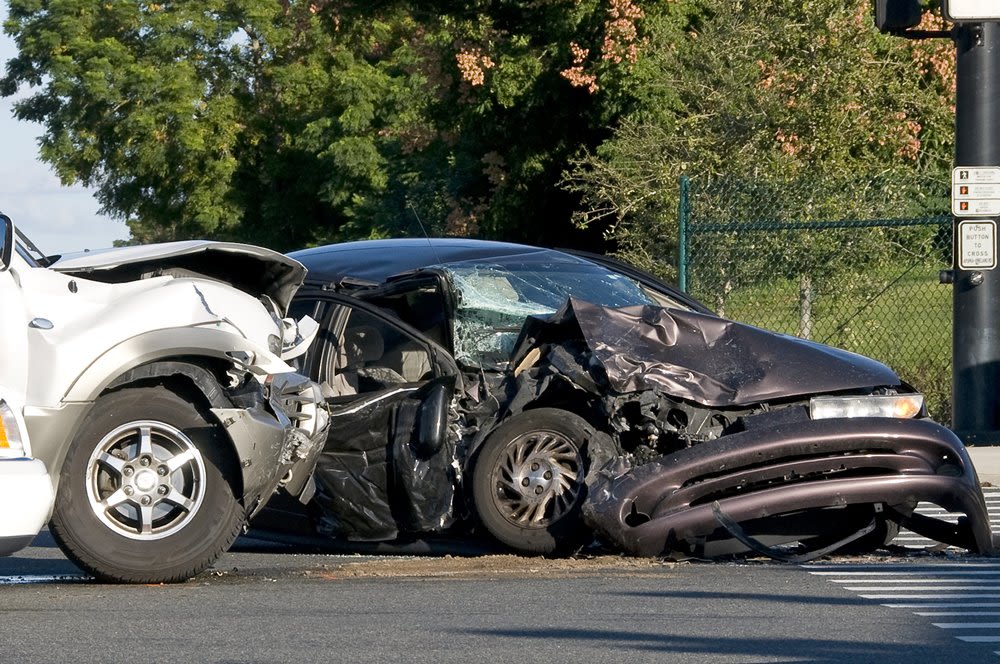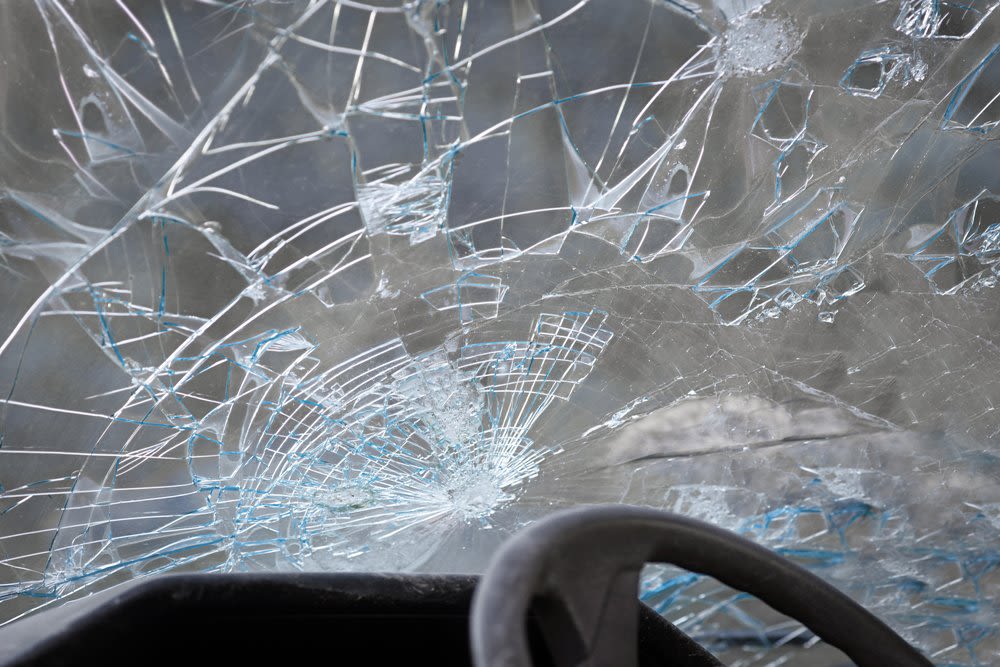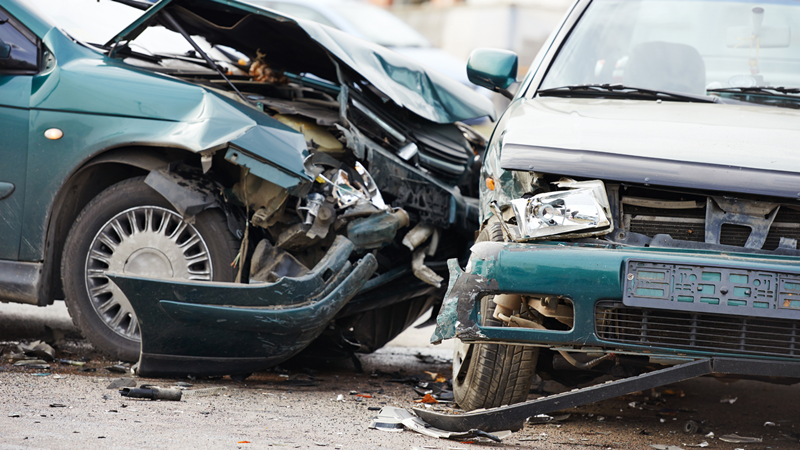
Accidents involving public transit, such as buses, trains, and other forms of public transportation, are unfortunately common. Whether the accident occurs due to driver error, poor maintenance, or an unavoidable situation, public transit authorities are often named in personal injury claims.
At the Law Office of Jack M. Shapiro, P.C., located in Buffalo Grove, Illinois, we understand the details involved in these claims and have extensive experience defending those who may be unjustly held liable for accidents. In the case of personal injury claims against public transit authorities, understanding how these authorities can defend themselves is crucial for both plaintiffs and defendants in the legal process.
Public transit authorities are often seen as government entities, which means they may have some legal protections not available to private companies or individuals. However, these authorities still need to protect their reputation and finances when accidents happen.
There are several strategies that public transit authorities can use to defend against accident claims. Below, we’ll discuss these defenses in detail, including legal arguments, factual defenses, and procedural tactics that can help public transit authorities defend themselves in personal injury lawsuits.
Legal Protections for Public Transit Authorities
Public transit authorities in Illinois, like other governmental entities, are often protected by certain legal doctrines that limit their liability. Understanding these protections is essential for both plaintiffs and defendants when it comes to accident claims.
Sovereign Immunity
One of the primary defenses public transit authorities can use is sovereign immunity. Sovereign immunity is a legal doctrine that protects government entities from being sued without their consent. In Illinois, public transit authorities can invoke sovereign immunity as a defense in personal injury lawsuits, which can significantly limit their liability.
Limited exceptions to sovereign immunity: While sovereign immunity is a strong defense, there are exceptions. In Illinois, government entities may still be sued in certain circumstances, such as in cases of negligence where the injury occurs on public property or due to specific statutory exceptions. For example, public transit authorities aren’t immune from liability if they were grossly negligent or engaged in willful misconduct.
Immunity in the case of routine accidents: Sovereign immunity is more likely to be invoked when an accident occurs during routine operations, such as a collision between a bus and a passenger vehicle. If the public transit authority can show that they followed proper procedures and didn’t engage in gross negligence, they may be able to use sovereign immunity as a defense.
The Public Duty Doctrine
Another important legal defense for public transit authorities is the public duty doctrine. This doctrine states that public officials or agencies are responsible for providing services to the general public rather than to specific individuals.
In the context of public transit, the authority may argue that it can’t be held liable for injuries that occurred while performing a duty owed to the general public, not to any one individual.
Public duty versus special duty: Under the public duty doctrine, public transit authorities typically aren’t liable for accidents unless they can be shown to have a “special duty” to the person injured. For example, if a passenger was injured due to a failure to maintain safety on a bus or train, the court might determine that the authority had a special duty to that person, allowing them to bring a claim.
General versus specific duty: A public transit authority can argue that their responsibility is to operate safely for all riders and the general public. If the accident was caused by a specific circumstance that’s not covered by the special duty doctrine, they may not be held liable.
Contributory Negligence
In some personal injury cases involving public transit accidents, the contributory negligence defense may come into play. If the plaintiff (the person bringing the lawsuit) contributed to the accident or their injuries in any way, the transit authority may argue that they shouldn’t be fully responsible for the damages.
Contributory negligence in Illinois: Illinois follows a modified comparative negligence rule, which allows a plaintiff to recover damages as long as their degree of fault is less than 51%. If the plaintiff is found to be partially at fault, their damages will be reduced in proportion to their degree of responsibility.
Comparing negligence: If the plaintiff engaged in unsafe behavior, such as failing to pay attention while boarding or exiting the vehicle, this may be used as evidence that the transit authority isn’t entirely at fault for the accident.
Defending Against Claims of Negligence
Negligence is one of the most common reasons plaintiffs file personal injury claims against public transit authorities. If the plaintiff claims that the accident was caused by the transit authority’s negligence, the authority must present evidence to refute this.
Lack of Negligence
The most straightforward defense a public transit authority can offer is to show that it wasn’t negligent. This could involve demonstrating that the transit authority followed all safety protocols, regulations, and maintenance procedures to prevent accidents. Public transit authorities can defend against negligence claims by:
Proving proper maintenance: Public transit authorities are required to maintain their vehicles and infrastructure regularly. If they can show that maintenance schedules were adhered to and that no mechanical failures caused the accident, this can serve as a defense.
Showing the driver’s competence: The authority can provide evidence that the driver involved in the accident was properly trained, followed safety protocols, and acted in a way that would be expected of a competent professional.
Routine safety inspections: Public transit authorities must conduct regular safety checks to make sure that vehicles are safe to operate. Presenting evidence of these inspections can help demonstrate that the authority took all necessary precautions to prevent accidents.
The Accident Was Caused By a Third Party
Another common defense in personal injury claims against public transit authorities is that the accident was caused by a third party outside of the authority’s control. This might include another driver, pedestrian, or external factors such as road conditions or weather.
Involvement of another driver: If the accident was caused by another driver running a red light or engaging in reckless driving, the public transit authority can argue that the fault lies with the third party. They may use traffic camera footage, witness testimony, or police reports to support this defense.
Weather conditions or road hazards: In some cases, accidents are caused by external conditions such as poor weather or road defects that weren’t foreseeable. Public transit authorities can argue that these factors were out of their control and that they followed all reasonable procedures to prevent accidents.
Vandalism or sabotage: In rare cases, an accident might be caused by deliberate tampering or sabotage of the vehicle. If such a factor is proven, the public transit authority may argue that they couldn’t have prevented the incident.
Procedural Defenses and Disputing Claims
In addition to legal and factual defenses, public transit authorities may rely on procedural arguments to dismiss or reduce claims. These defenses focus on the process by which the plaintiff brings their lawsuit.
Statute of Limitations
In Illinois, personal injury claims are subject to a statute of limitations, which sets a time limit within which a claim must be filed. For most personal injury claims, including those involving public transit authorities, the statute of limitations is two years from the date of the accident.
Failure to file within the time limit: If the plaintiff fails to file their lawsuit within the two-year window, the public transit authority can argue that the case is time-barred and should be dismissed. This is a common procedural defense used in accident claims.
Lack of Proper Notice
When filing a claim against a public entity like a transit authority, plaintiffs are often required to provide formal notice of their claim within a certain period. Failure to follow this procedural requirement can result in the dismissal of the case.
Notice requirement: In Illinois, a plaintiff may be required to provide notice of their claim within a specific time frame after the accident, often within six months. If the plaintiff fails to meet this requirement, the public transit authority can argue that the claim should be dismissed on procedural grounds.
Failure to Prove Causation
Even if the public transit authority is found to be negligent, they may argue that the plaintiff has failed to prove causation. In a personal injury lawsuit, the plaintiff must establish that the defendant’s negligence was the direct cause of their injuries.
Break in the chain of causation: The transit authority may argue that there was a break in the chain of causation, such as the plaintiff failing to wear a seatbelt or other intervening factors that led to the injuries. If the plaintiff can’t prove that the transit authority’s actions directly caused their harm, the claim may fail.
Contact Us Today
If you’ve been injured in an accident involving a public transit authority, it’s crucial to have a lawyer on your side. Reach out to us at the Law Office of Jack M. Shapiro, P.C. today to speak with our experienced personal injury attorney. We proudly serve Arlington Heights, DuPage County, Lake County, Mount Prospect, Palatine, Vernon Hills, Mundelein, Cook County, Hoffman Estates, McHenry County, Northbrook, Schaumburg, and Wheeling.



